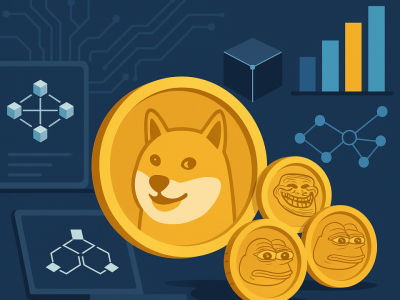Incorporating microtransactions into game design requires careful balance. Optional purchases for virtual goods or to accelerate progress can provide revenue for developers and value for enthusiastic players. However, if not handled delicately, microtransactions risk severely undermining the sense of meaningful progression that makes gameplay rewarding.
Ensure free players can progress
No matter how tempting monetization may seem, it’s crucial to still allow non-paying users to reasonably advance and enjoy the core experience. Players who hit overly frustrating walls or waits will simply quit playing. Selling power-ups creates imbalances where paying players gain unfair competitive advantages over non-payers. Cosmetic-only purchases are preferable.
Use time gates ethically
While impatience can incentivize purchases, mandatory waiting periods that drag on for hours or days feel punitive. Keep timed gates short enough that most players will wait rather than always paying to skip.
Provide alternative progression paths
The make 소액결제 the only way to advance at a satisfying pace implement parallel roads to progressions like skill trees, side quests, and challenges that offer accomplishments without paying.
Ensure paid progress feels earned
If purchases do accelerate speed, players should still feel their growing prowess reflects personal mastery and achievement. Avoid trivializing the sense of earned progression.
Smooth difficulty curves
As players gain skills, the challenge should scale accordingly. Drastic difficulty spikes mid-game feel artificial and prod players towards transactions. Smooth, gradual curves feel fair.
Offer free trial periods
Let new players deeply sample the core experience before bringing microtransactions into focus. High-pressure purchases right away feel opportunistic rather than customer-focused.
Incentivize through aspiration
Help players aspire to grow by providing engaging goals to work towards like new levels, skills, and achievements. Dangling excessive commercial offers feels manipulative versus inspiring.
Provide free loyalty rewards like power-ups and items to dedicated players who have spent time mastering the game. Validate their commitment while tempting others. Enable frictionless refunds for a short period after purchase to counter instinctive buyer’s remorse. Reducing feeling duped into purchases makes players more willing to engage. Here are some additional tips for balancing microtransactions with player progression:
- Let players earn virtual currency through gameplay actions, not just purchases. This provides a sense of ownership.
- Ensure the free and paid tiers both feel viable long-term. Avoid having the free experience eventually hit a ceiling that nudges towards paid purchases.
- Be transparent about the probability of obtaining rare virtual goods. Helps set rational expectations on time/money required.
- Provide meaningful discounts to loyal non-paying players occasionally. Appreciate their ongoing engagement without purchase pressure.
- Allow group members to gift or share virtual goods. Reinforces social connections.
- Implement parental controls and purchasing limits to prevent overspending.
- Periodically offer free trials of premium purchases to demonstrate their value before asking players to commit money.
- Gather player feedback to understand frustrations with monetization balance. Incorporate insights.
- Monitor key metrics on non-paying and paying player retention, progression, satisfaction, and uninstall rates.
The integration of thoughtful design, ethical practices, transparency, and player perspective will keep microtransactions addictive core gameplay integrity and enjoyment for all users regardless of spend.












Comments